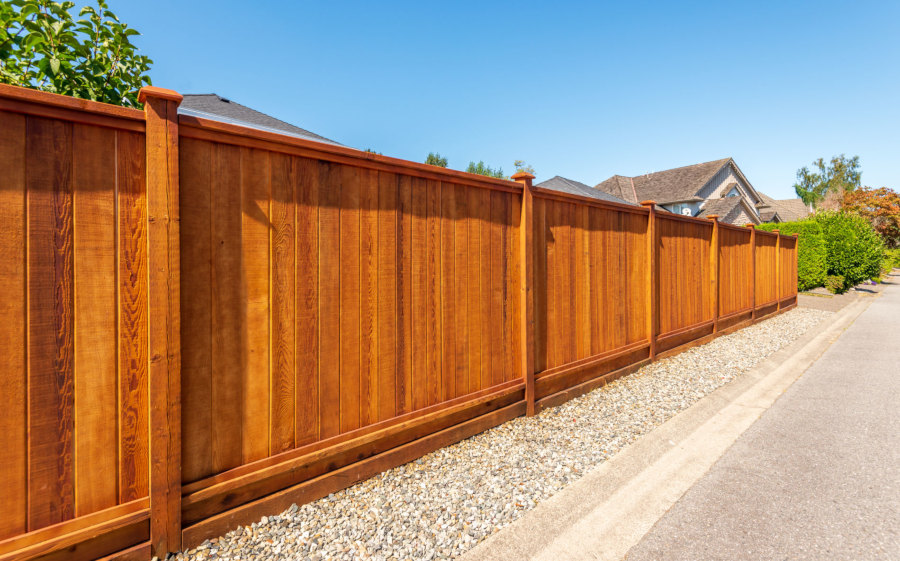Exactly How to Achieve Professional Results With Deck Staining
In the realm of outside upkeep, attaining specialist outcomes with deck discoloration is a job that calls for accuracy and treatment. The procedure of changing an aging deck right into a rejuvenated exterior area needs greater than simply a layer of tarnish; it requires a systematic technique and interest to detail. From choosing the proper discolor for your deck's wood kind to grasping the application technique, each action plays a critical role in the last result. As we begin on this journey to boost the visual appeals and longevity of your outdoor sanctuary, understanding the subtleties of deck staining will certainly be the cornerstone of your success.
Picking the Right Spot
Selecting the proper tarnish for your deck is a vital choice that substantially influences the total appearance and durability of the surface. When selecting a tarnish for your deck, it is crucial to consider both the aesthetic choices and the useful elements of the item. Solid color stains, on the other hand, give the most UV protection and offer a wide array of shade alternatives yet will completely hide the wood grain.

Additionally, think about the sort of wood your deck is made from, as various discolorations are created to work best with details timber kinds. Comprehending the level of maintenance you agree to devote to is likewise vital, as some stains might require more constant reapplication than others. By meticulously thinking about these factors, you can pick a stain that not only boosts the appearance of your deck yet also shields it for several years ahead.
Preparing the Deck Surface
When considering deck discoloration, the initial action in the direction of accomplishing expert outcomes involves completely preparing the deck surface. Correctly preparing the deck surface area is important as it ensures that the discolor adheres well and gives lasting security to the wood. The very first task in preparing the deck surface area is cleaning up. Use a stress washer or a deck cleaner to remove dust, mold, and old spots (fence staining near me). Allow the deck to completely dry entirely before proceeding to the next action.
Fining sand the deck surface is likewise necessary to smooth out any type of harsh locations and open up the wood pores for much better discolor penetration. Make use of a medium-grit sandpaper to sand the deck in the direction of the timber grain.
Last but not least, secure any kind of nearby plants, furnishings, or surface areas from prospective damage by covering them with plastic bed linen or ground cloth. Putting in the time to thoroughly prepare the deck surface area establishes the foundation for an effective discoloration task and ensures professional-looking results.
Using the Discoloration
To attain a specialist coating when tarnishing a deck, meticulous application of the stain is vital. Apply the discolor uniformly, complying with the wood's grain to enhance the deck's natural charm. By applying the discolor thoroughly, you'll accomplish a professional-looking finish that enhances both the look and long life of your deck.
Ensuring Proper Drying Out Time
Guaranteeing appropriate drying out time post-staining is essential to the total success of the deck task, as it permits the stain to properly set and bond with the timber surface area. Hurrying this phase can cause an array of issues, including uneven coloring, poor adhesion, and a much shorter life-span for the coating. The drying out time called for can vary based upon aspects such as the view website sort of discolor used, weather condition conditions, and the porosity of the wood. As a general standard, a lot of deck spots will require at the very least 24-48 hours to completely dry completely.
During this drying out duration, it is essential to maintain the deck surface totally free from any kind of foot web traffic, furniture, or various other items that may disrupt the finish. Taking the time to make certain detailed drying will add dramatically to the longevity and appearance of your tarnished deck.
Maintaining Your Tainted Deck
Proper maintenance of a discolored deck is crucial for preserving the integrity and appearance of the surface accomplished through extensive drying out - pressure washing near me. To maintain your stained deck efficiently, routine cleaning is vital. Brush up away particles and dust regularly to avoid staining and mold growth. Consider making use of a mild cleaning agent blended with water to scrub the surface area and get rid of any kind of built-up crud. It is a good idea to cleanse your deck at the very least two times a year, ideally in the springtime and loss, to maintain it looking vivid and fresh.

Final Thought
In final thought, attaining expert outcomes with deck discoloration entails choosing the ideal discolor, effectively preparing picket fence the deck surface area, using the stain equally and constantly, enabling enough drying out time, and maintaining the discolored deck regularly. By adhering to these steps very carefully and attentively, you can make certain a wonderfully tarnished deck that boosts the look and long life of your outside area.

Proper maintenance of a stained deck is important for preserving the honesty and look of the surface accomplished via complete drying out.